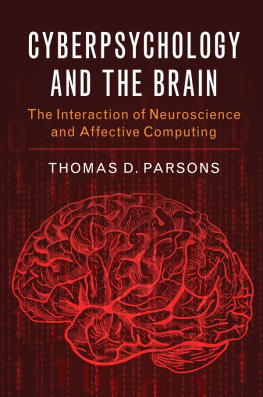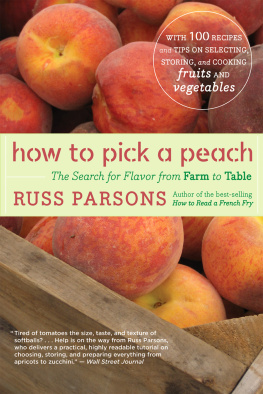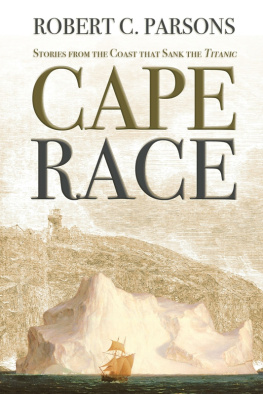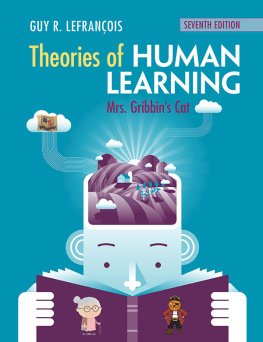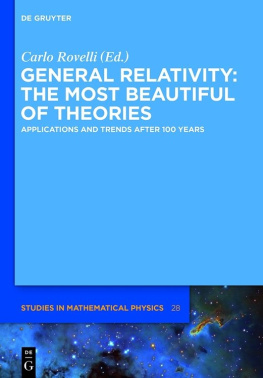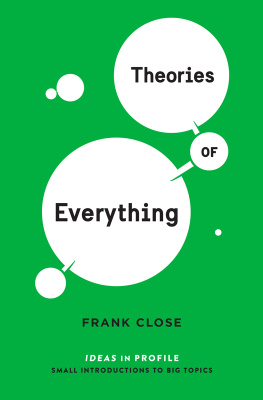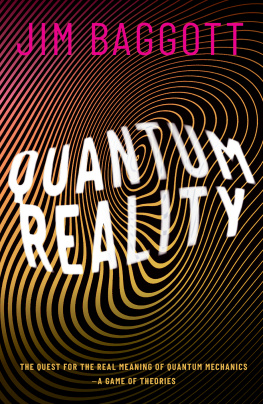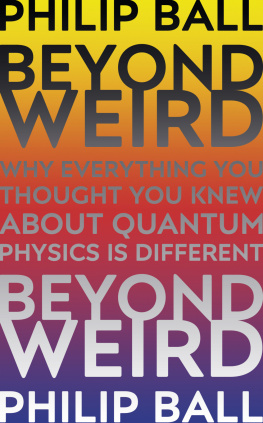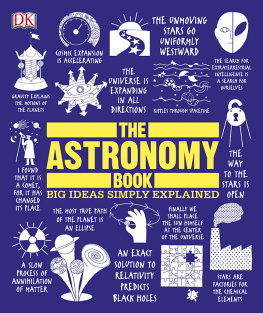
30- SECOND
THEORIES
The 50 most thought-provoking theories in science, each explained in half a minute
Editor
Paul Parsons
Foreword
Martin Rees
Contributors
Jim Al-Khalili
Susan Blackmore
Michael Brooks
John Gribbin
Christian Jarrett
Robert Matthews
Bill McGuire
Mark Ridley
Ivy Press
210 High Street, Lewes,
East Sussex BN7 2NS, UK
www.ivy-group.co.uk
Copyright Ivy Press Limited 2009
All rights reserved. No part of this publication may be reproduced, stored in a retrieval system, or transmitted, in any form or by any means, electronic, mechanical, photocopying, recording, or otherwise, without prior written permission from the publisher.
British Library
Cataloguing-in-Publication Data A catalogue record for this book is available from the British Library
Print ISBN-13: 978-1-905695-90-4
Digital ISBN:
Ivy Press
This book was conceived, designed, and produced by Ivy Press
Creative Director Peter Bridgewater
Publisher Jason Hook
Editorial Director Caroline Earle
Art Director Michael Whitehead
Commissioning Editor Nic Compton
Designers James Hollywell, Les Hunt
Concept Design Linda Becker
Illustrations Jon Raimes
Digital Assistant Emily Owen
Glossaries & Profiles Text Tom Jackson
Picture Research Lynda Marshall
CONTENTS
FOREWORD
Martin Rees
Our world is getting ever more complex, more baffling. Some pessimists argue that scientific progressor indeed society itselfwill clog up because of information overload. I dont think thats a serious worry. As science advances, more patterns and regularities are revealed in nature. These advances cut down the number of disconnected facts worth remembering. Theres no need to record the fall of every apple, because, thanks to Isaac Newton, we understand how gravity pulls everythingwhether apples or spacecrafttoward Earth.
The simplest building blocks of our world atomsbehave in ways we can understand and calculate. And the laws and forces governing them are universal: Atoms behave the same way everywhere on Earthindeed, they are the same, even in the remotest stars. We know these basic facts well enough to enable engineers to design all the mechanical artefacts of our modern world, from radios to rockets.
Our everyday environment is too complicated for its essence to be captured by a few formulae. But our perspective on our Earth has been transformed by great, unifying ideas. The concept of continental drift, for instance, helps us to fit together a whole raft of geological and ecological patterns across the globe. Charles Darwins great insightevolution by natural selectionreveals the overarching unity of the entire web of life on our planet. Whatever our personal lives may be like, our environment is neither chaotic nor anarchic. There are patterns in nature. There are even patterns in how we humans behavein how cities grow, how epidemics spread, and how technologies, such as computer chips, develop. The more we understand the world, the less bewildering it becomes, and the more were able to change it.
These laws or patterns are the great triumphs of science. To discover them has required dedicated talenteven genius in many cases. But to grasp their essence is not so difficult. We all appreciate music, even if we cant compose or perform it. Likewise, the ideas of science can be accessed and marveled at by everyone.
Science impinges more than ever on our lives. Many political issuesenergy, health, environment, and so forthhave a scientific dimension. How science is applied matters to us all. The important choices shouldnt be made just by scientists; they should be the outcome of wider public debate. But in order for that to happen, we all need a feel for the key ideas of science. And, quite apart from their practical uses, these ideas should be part of our common culture. The great concepts of science can be conveyed brieflymaybe even in 30 seconds using non-technical words and simple images. Thats the aim of this book, and we should hope it succeeds.

The theory of everything
Unification theory, one example of which is string theory, attempts to explain how everything in the universe is connected. Great scientists have spent years trying to develop a theory of everythingthis book explains that research in just 30 seconds.

Testing, testing
Unlike the pet theories that we all like to make up, scientific theories are supported by cold hard evidence, usually in the form of carefully planned and controlled experiments.
INTRODUCTION
Paul Parsons
Everyones got their own pet theory. I should know. During my time as editor of the monthly BBC science and technology magazine Focus, the mailbag brought several of them every daymissives from readers claiming to have cracked the mysteries of black holes, parallel universes, or the Big Bang; determined the origin of life; or unified the laws of particle physics. Id reply, thanking them for their theories, and requesting that they send in the full supporting mathematics. I dont think any of them ever did.
Thats the difference between the theories we bandy about in everyday parlanceour inklings and just-thought-of guesstimatesand the theories that are painstakingly constructed by scientists.
A theory in science is a logical creation. It reflects the most accurate experimental observations and the best understanding of how the world works. Yet a scientific theory doesnt necessarily represent absolute truth. It can only capture the state of our knowledge so far. Theres every chance that a new piece of evidence will come to light that disproves the theory, and sends the theoreticians back to the drawing board.
One example of this is our view of the Solar System. In the second century CE, the Greek philosopher Ptolemy developed the theory that the Earth lies at the center of the Solar Systema sound explanation for the primitive astronomical observations of the day. But, in the early 17th century, the Italian astronomer Galileo began to survey the skies with the newly invented telescope. It permitted observations of the Solar System that were vastly superior to anything achieved with the naked eye.
Galileos observations revealed details that fitted with a new theory, developed by the Polish astronomer Nicolaus Copernicus a hundred years earlier. Copernicus theory painted the now-familiar picture of the Sun, not the Earth, sitting at the heart of our Solar System. Many observations sinceincluding data from space probeshave confirmed the Sun-centered view of the Solar System.
Other casualties include the flat Earth theory, phlogiston theoryan early attempt to explain the origin of fireand so-called intelligent design theory. Our theoretical understanding of pretty much every branch of modern science has evolved in this way, with old, defunct theories being replaced by new and improved ones.
The theories composing the body of scientific knowledge today cover everything from the origin of the Universe to the workings of the human mind. Over the pages that follow, the 50 greatest theories are laid out by some of the most talented science communicators. Each is summed up in a single, user-friendly passage encapsulating its essence. No jargon, no wafflejust concise, plain English.
Next page


